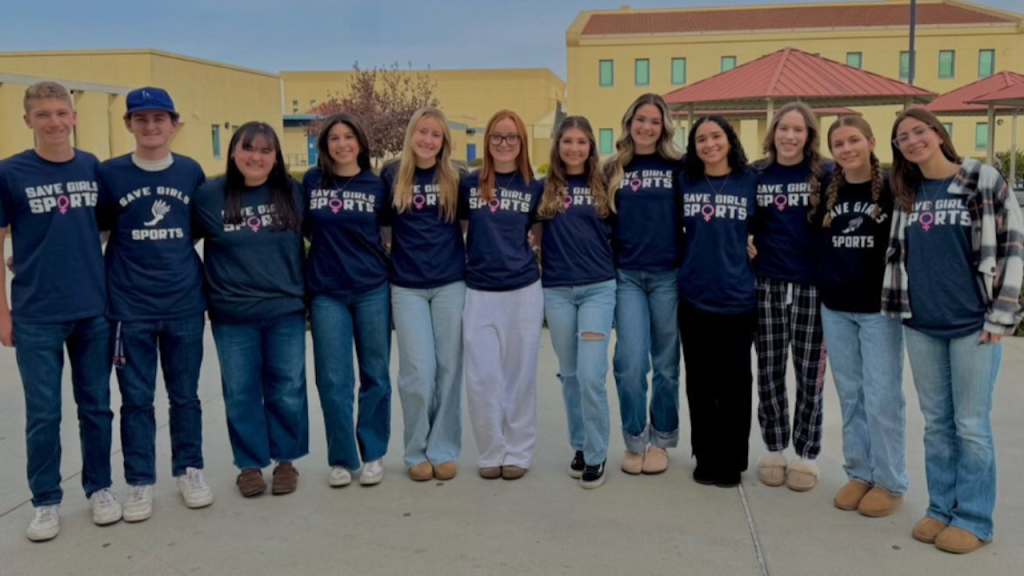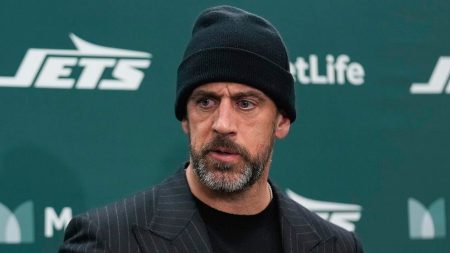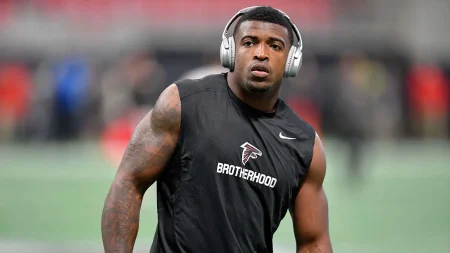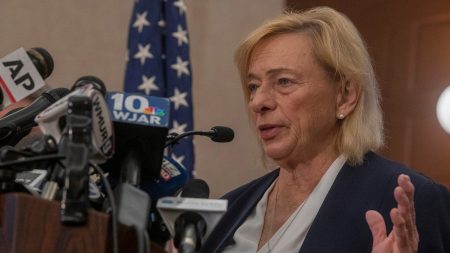The escalating tension surrounding transgender athletes in girls’ sports has reached a boiling point at a California high school, where a student-led protest against a transgender athlete on the cross-country team forced the administration to back down from enforcing a dress code prohibiting “Save Girls’ Sports” T-shirts. After weeks of disciplinary action, including detentions, for students wearing the shirts, the school abruptly reversed course, reportedly instructing faculty not to enforce the dress code following a morning meeting. This apparent capitulation comes after the protest gained national attention, fueled by social media, and coinciding with a lawsuit filed by two female cross-country runners alleging their “Save Girls’ Sports” shirts were unfairly compared to swastikas by school administrators. The unfolding events highlight the deep divisions and complex legal landscape surrounding transgender participation in sports, particularly in California, a state with pioneering legislation protecting transgender athletes’ rights.
The student protest, characterized by the weekly wearing of the “Save Girls’ Sports” T-shirts, has sparked a ripple effect, with students at neighboring high schools adopting the practice in solidarity. This burgeoning movement underscores the growing concern among some parents and students regarding fairness and the preservation of girls’ sports. The situation became further amplified when a student athlete at the school, Rylee Morrow, delivered an impassioned speech at a school board meeting expressing her apprehension about sharing a locker room with a biological male. The speech resonated widely online, further galvanizing the movement and drawing national media attention. The school’s decision to cease disciplinary action against students wearing the shirts can be interpreted as a strategic retreat in the face of mounting pressure and the potential legal ramifications of the ongoing lawsuit.
While the school district cites its obligation to adhere to California state law, which mandates the inclusion of transgender athletes in sports consistent with their gender identity, the student protest and the ensuing legal challenges expose the inherent conflict between these laws and the concerns of some female athletes and their families. The district’s deflection of criticism towards state and federal lawmakers reveals the complex interplay between local school policies and broader state and national legal frameworks governing transgender rights. This incident also underscores the significant role of social media in amplifying these types of controversies, providing a platform for both student activists and their detractors. The online sphere has become a battleground for competing narratives, with both sides leveraging social media to garner support and influence public opinion.
Adding another layer of complexity to this already charged situation, a transgender athlete at the school reportedly posted a message on a private Instagram account, expressing frustration with the ongoing controversy and opposition to their participation in girls’ sports. The athlete also allegedly indicated an intention to compete in girls’ pole vaulting, while also alluding to less successful experiences competing against male opponents. This private message, though not publicly accessible, was reportedly confirmed by multiple sources and further fueled the debate surrounding transgender inclusion in sports. The athlete’s alleged comments underscore the personal challenges faced by transgender individuals navigating this contentious landscape, caught between their desire to participate in sports and the resistance from some quarters.
The legal backdrop to this controversy is California’s AB 1266, enacted in 2014, which grants students the right to participate in school activities, including sports, aligned with their gender identity. This law has placed California at the forefront of protecting transgender athletes’ rights, but it has also generated significant debate and opposition, as evidenced by the events unfolding at the high school. The school district, in its statement, emphasized its commitment to complying with this law, while also acknowledging the concerns of those opposed to transgender inclusion in girls’ sports. This legal framework has created a complex and challenging environment for school districts, requiring them to balance the rights of transgender students with the concerns of other athletes and their families.
This incident is not an isolated event in California. Other schools have grappled with similar issues, with some teams forfeiting matches rather than competing against transgender athletes. The controversy has even extended to the collegiate level, with the San Jose State University volleyball team experiencing forfeited matches and intense media scrutiny due to the presence of a transgender athlete. These instances reflect the broader national debate surrounding transgender participation in sports, a debate that is playing out in schools, courts, and the public sphere. The increasing visibility of these controversies underscores the urgent need for a thoughtful and inclusive dialogue to address the complex issues surrounding transgender inclusion in sports, while also ensuring fairness and opportunities for all athletes.










